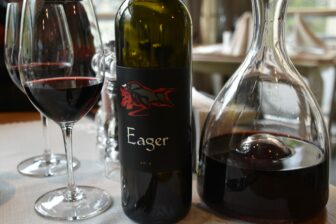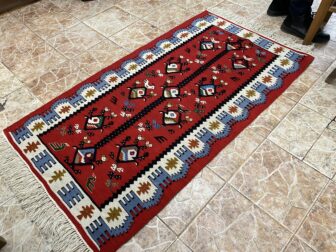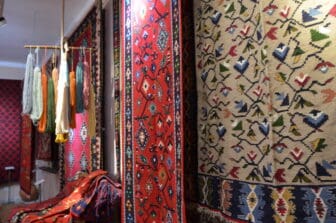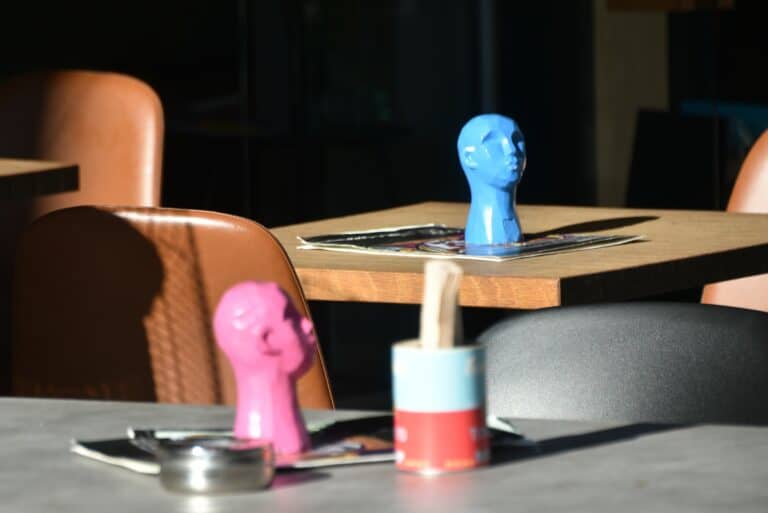
[April 2022] We returned to Plovdiv from Bachkovo Monastery, the second largest monastery in Bulgaria.
We walked quite a bit from the bus station to the centre of town and was tired of waiting for the bus at Bachkovo, so we wanted to take a break somewhere.
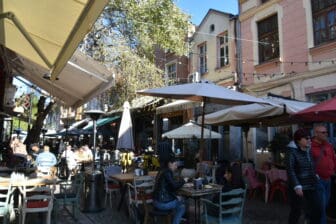
So, we wandered around looking for a cafe with a nice atmosphere.
Instead of going up Saborna Street, which goes up to the old town from Knyaz Aleksandar I Street, which covers the ruins, we went down a side street and somehow entered an area lined with cafes and fashionable retail shops.
It looked like a place to go at night with many night clubs and bars.
Apparently, we entered the “Kapana Creative District” without knowing it.
According to the guidebook, “Kapana” means “trap”, and they call it because narrow alleys are intricate and you can’t get out once you get in.
When I looked it up, I found that it originally developed as a commercial district when Plovdiv was under the rule of Ottoman Turkey.

According to old records, there were 880 shops in 1652.
It was the most populous district in the town.
After that, a big fire → reconstruction → decline under socialism → reconstruction plan → plan failure under the new regime → reconstruction resumption with the assistance of France, and after such twists and turns, this town was designated to be “European Capital of Culture” for 2019 and taking the opportunity of being selected, large-scale redevelopment has progressed while retaining the old townscape, and the current fashionable district has been completed.
So what is this “European Capital of Culture”?
The European Union (EU) started this in Athens in 1985, designating several cities a year to intensively develop cultural events there.
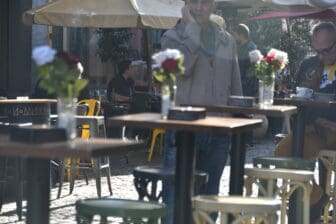
It is a cultural business that has a high economic effect such as attracting tourists.
By the way, this year, Kaunas in Lithuania, Novi Sad in Serbia, and Esch-sur-Alzettet in Luxembourg are the “European Capital of Culture“.
Initially, it seems that big cities such as Athens, Paris and Florence were designated, but recent examples show that there are many towns that I have never heard of, which makes me want to visit.
Well, let’s get back to matter at hand.
Now we walked around in this trendy “Kapana” and became even more tired.
I wanted to sit in any of the cafes all over the place, but my husband was choosy for some reason.
At the cafe we finally entered, we were told that it would be closed soon, and at the other one, we were told that we could be there for an hour at the outside table, and in the end we couldn’t sit anywhere.
It’s a historic district, but it’s currently run by young people who are inexperienced in the hospitality industry, and I had the impression that it lacked a genuine welcoming spirit.
I might have felt that because I was tired, though.

